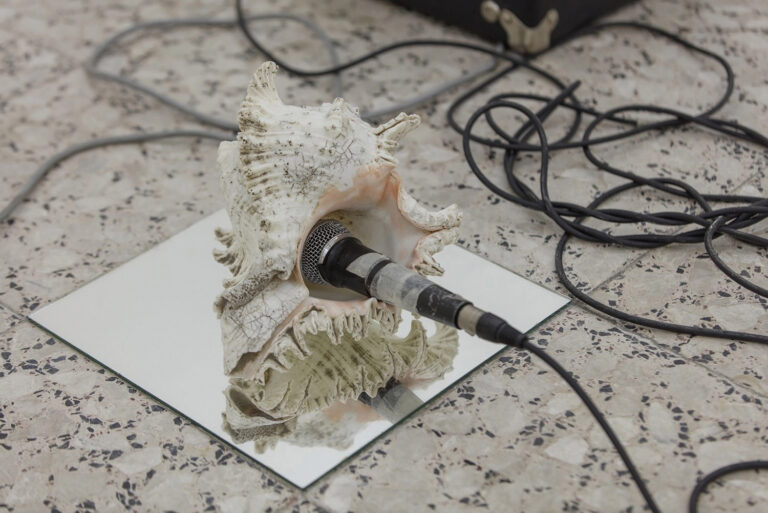
Stelios Kallinikou
Stelios Kallinikou, a renowned artist from Limassol, Cyprus, specializes in photography, video, and sound. His work skillfully blends themes of
Hanna Antonsson creates a distinctive artistic narrative where nature intersects with human progress. In Gothenburg, Sweden, she finds inspiration in both the shadowed lanes and vibrant squares. Here, Antonsson crafts a space blending wildlife remnants with technological artifacts, initiating a provocative dialogue. Her art combines taxidermy, sculpture, and photography, exploring the intricate dance of coexistence and conflict between the natural and the artificial.
Antonsson’s creative journey is punctuated by an intimate engagement with the avian form — birds that once soared freely, now stilled by the march of civilization. Furthermore, through her hands, these creatures are reborn, intertwined with the very symbols of their demise. In a haunting interplay, the Auto Wing series encapsulates the tragic poetry of collisions between the natural and robotic. Each piece tells a story of accidental encounters on the roadsides of Gothenburg, transforming roadkill into poignant artworks that challenge our perceptions of movement, life, and death.
With meticulous precision, Hanna Antonsson deconstructs and reanimates parts of birds, blending them with fragments of vehicles.
For example, wings flutter mechanistically beside shattered glass and twisted metal, signaling their end. This act of creation is deeply reflective, pondering the shared spaces we navigate and the untold stories along our paths.
Her sculptures, such as Auto Wing VIII, serve as eerie memorials and meditations on our intertwined destinies with nature. Consequently, they act as witnesses to the drama of existence, encapsulating encounters that transform both species. In her hands, the melding of animal and automobile parts evolves into a commentary on life’s cycle, death’s inevitability, and rebirth’s possibility.
Antonsson’s work resonates with mythic vibrancy and ancient echoes, thereby suggesting each creation reflects timeless narratives. Her sculptures, akin to modern totems, urge us to reconsider our relationship with the world. They challenge us to find beauty in destruction’s aftermath and harmony within our modern existence’s dissonance.
→

Stelios Kallinikou, a renowned artist from Limassol, Cyprus, specializes in photography, video, and sound. His work skillfully blends themes of
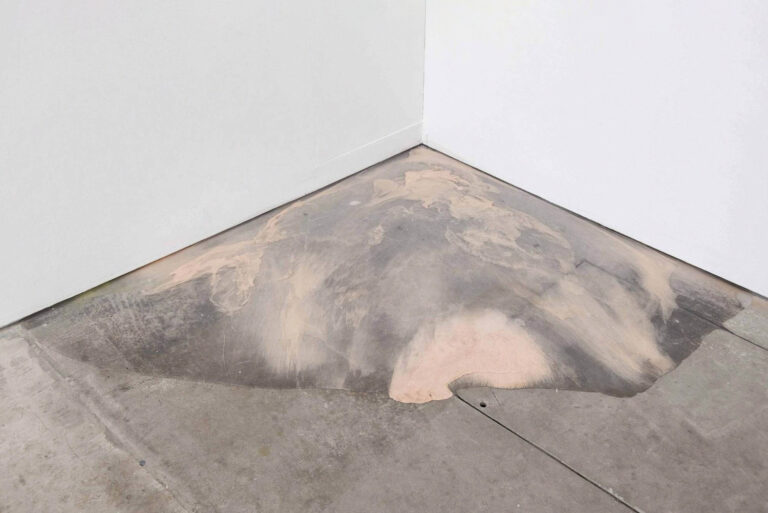
Mia Dudek, a profoundly innovative artist from Sosnowiec, Poland, embarked on her artistic journey in Warsaw. Her pursuit of artistic
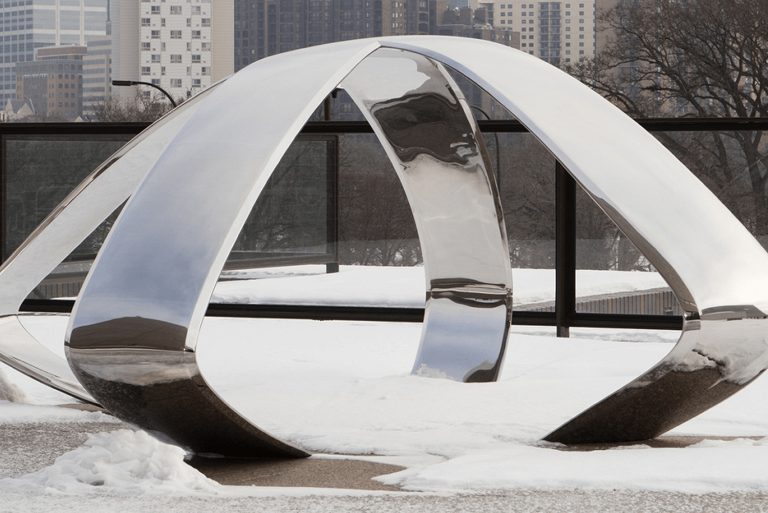
Los Angeles artist Liz Larner explores and extends the conditions and possibilities of sculpture since 1980’s. Her works are informed
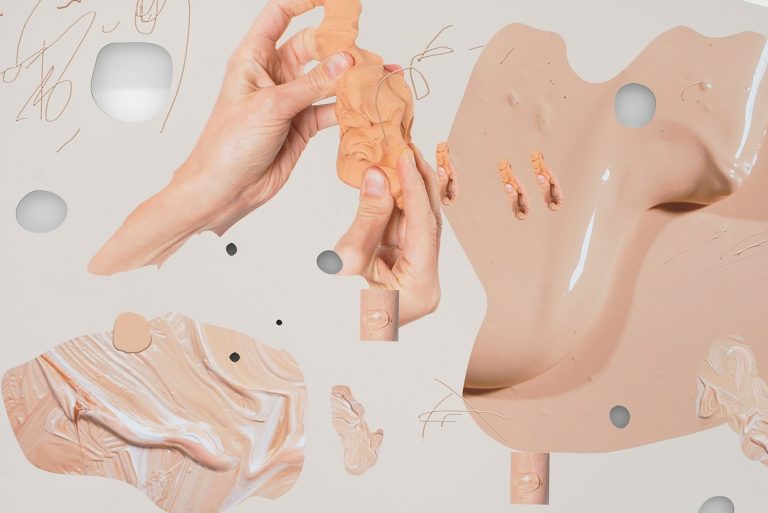
Berlin-based contemporary artist, Rachel de Joode, blends the realms of photography, sculpture, and painting. A graduate of the Gerrit Rietveld
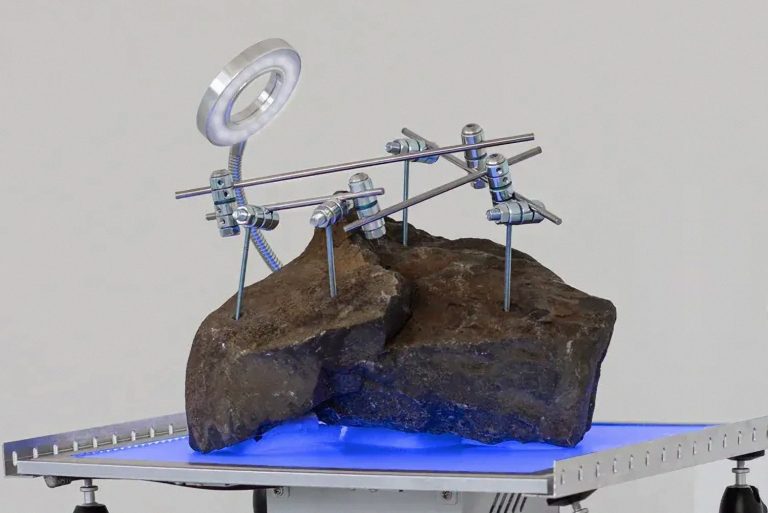
Jakub Kubica, a multidisciplinary artist originally from Žilina, Slovakia, now works and lives in Berlin. Specializing in sculpture, visual and
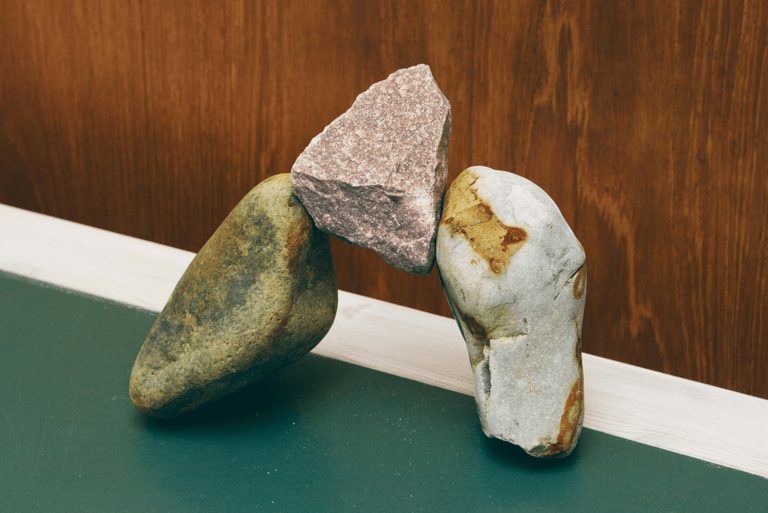
Delving into the intricate realms of time, potential energy, and archaeology, Danish artist Johan Rosenmunthe carves his distinctive niche in
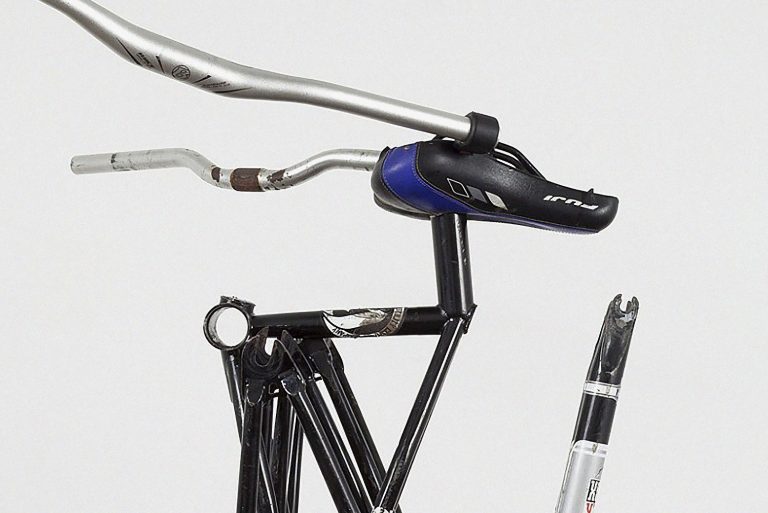
Willie Cole, a cutting-edge sculptor, printer, and visual artist, masterfully intertwines the mundane with the strikingly profound. Everyday objects, under
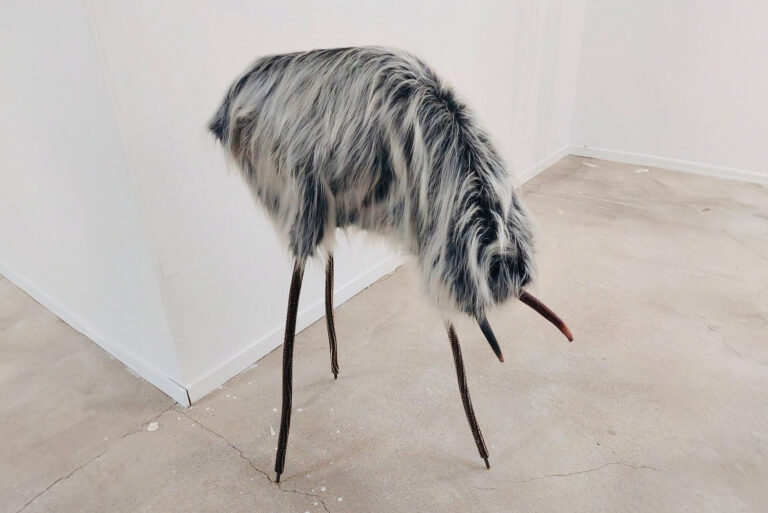
Mané Pacheco, born in Portalegre and currently based in Lisbon, has a multifaceted background blending art and environmental conservation. After
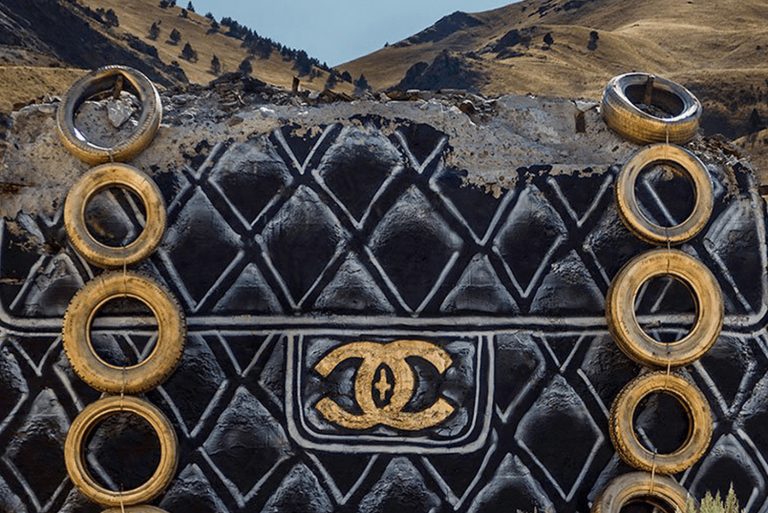
Los Angeles-based street artist Thrashbird is widely praised for his rebellious billboard takeovers and political content. He portrays relevant social
Independent Art & Design Gallery 0→1 © 2024
Stay in the loop with 0→1. Join our email list for the latest news, artist highlights, and first dibs on our exclusive collections. Dive into the art world with us — curated, simplified, and personal.
(We respect your inbox. Our updates are curated for value, and you can unsubscribe anytime. No spam, just art.)
We use cookies to improve your browsing experience; details in our Privacy Policy →